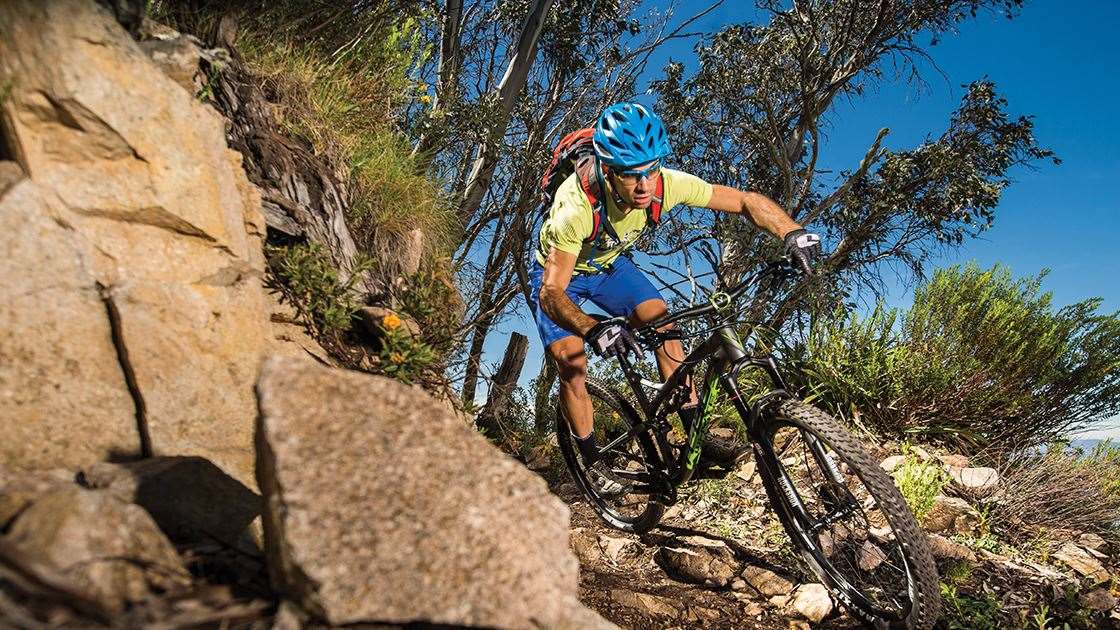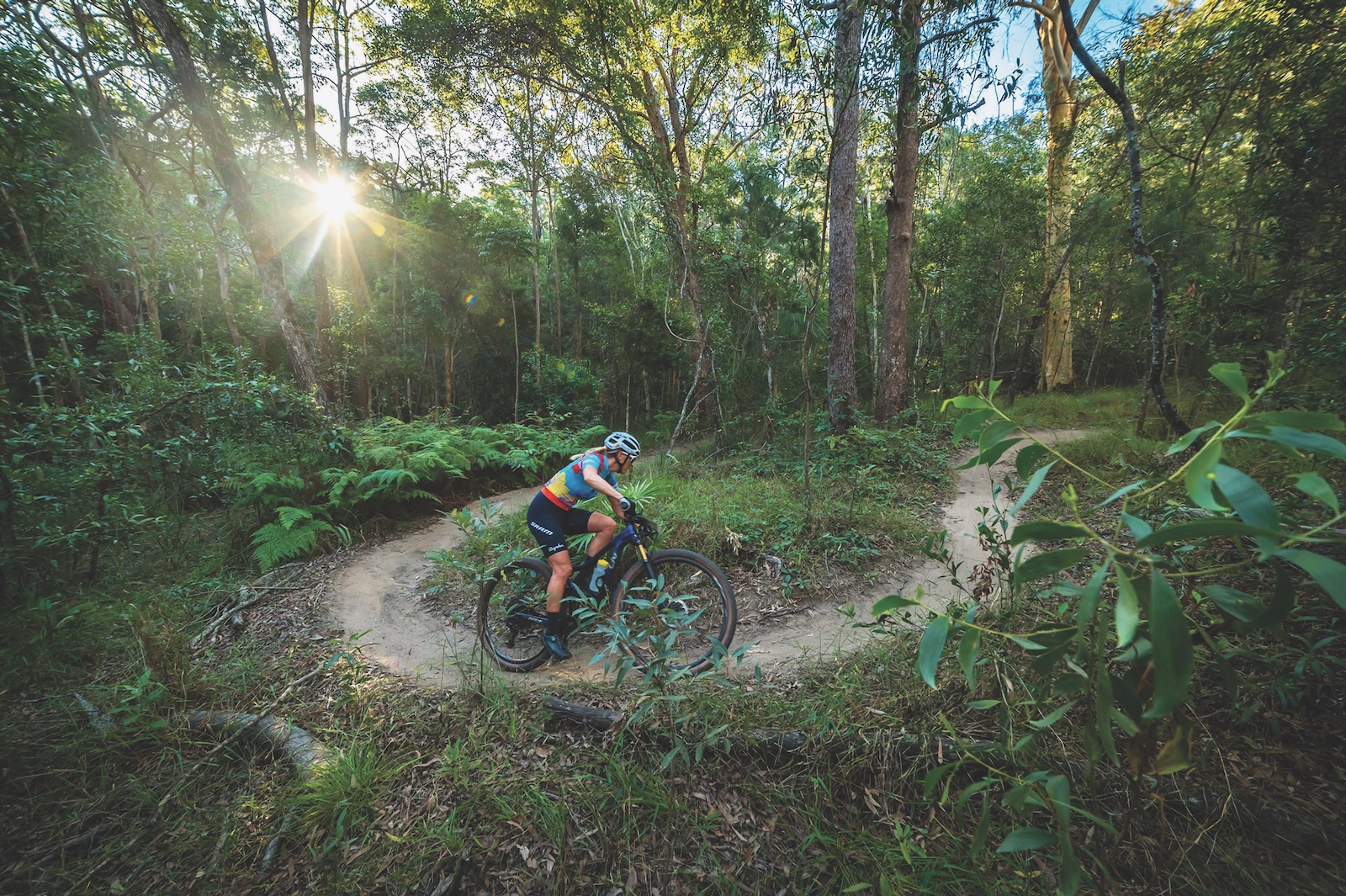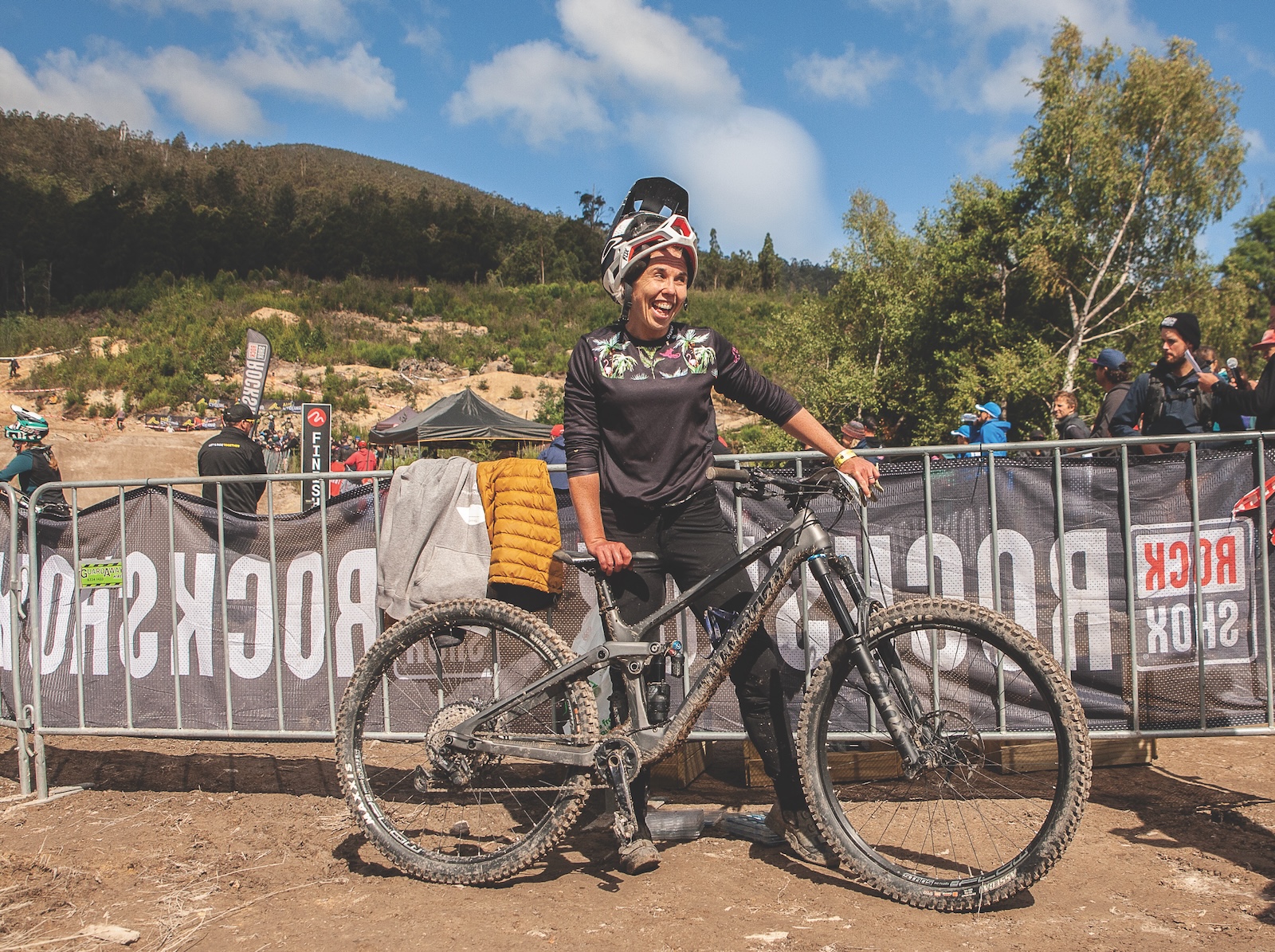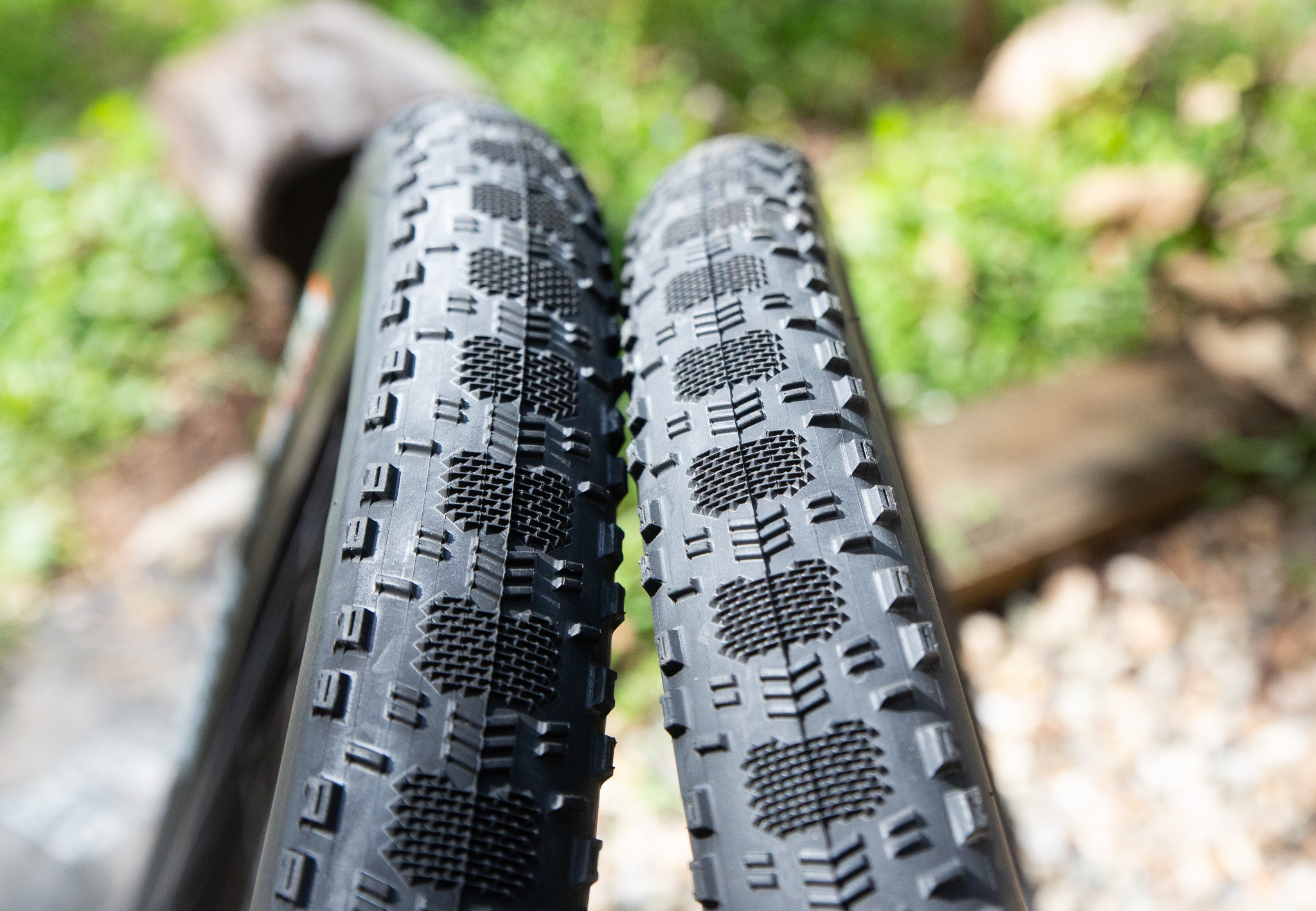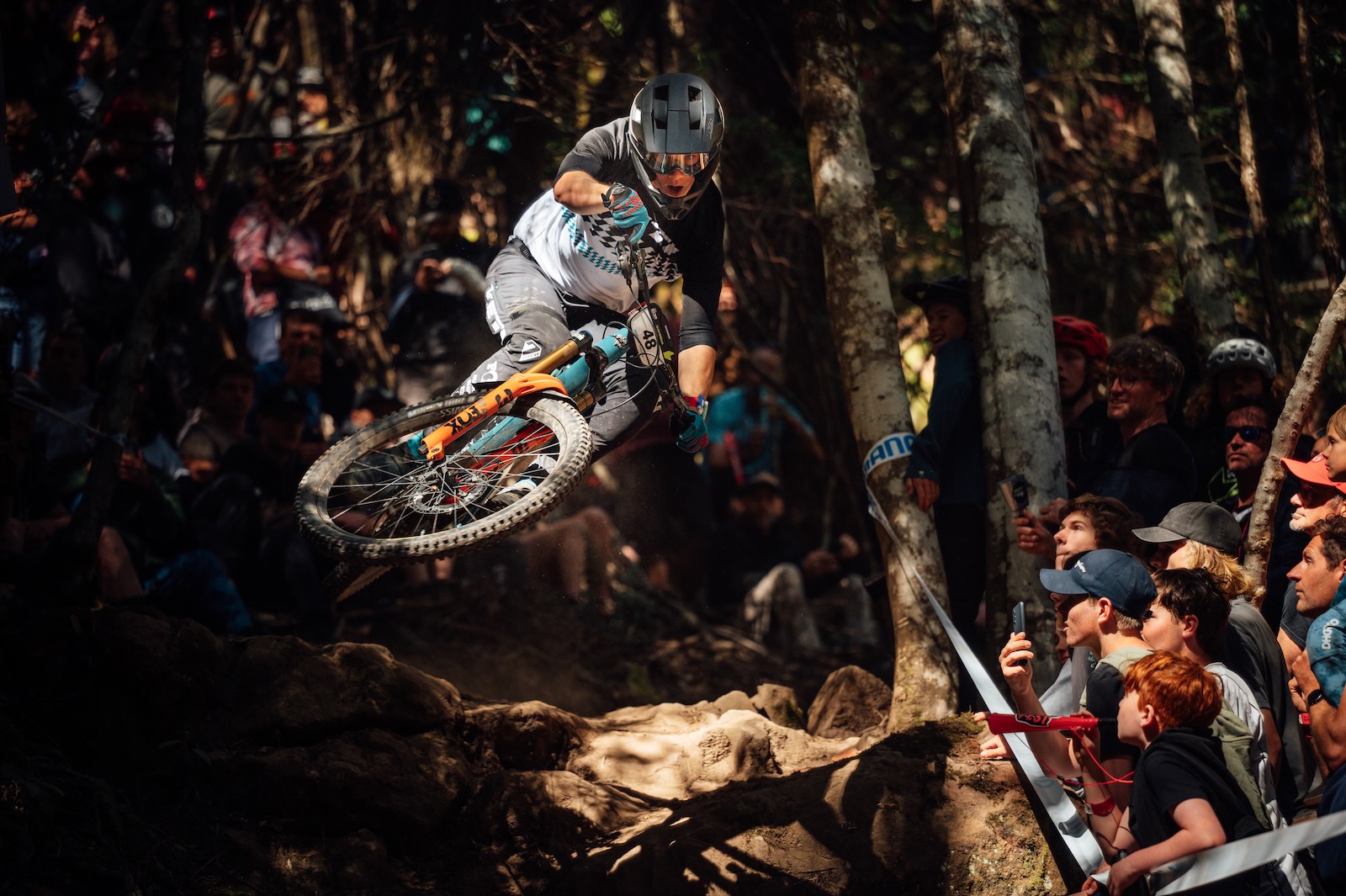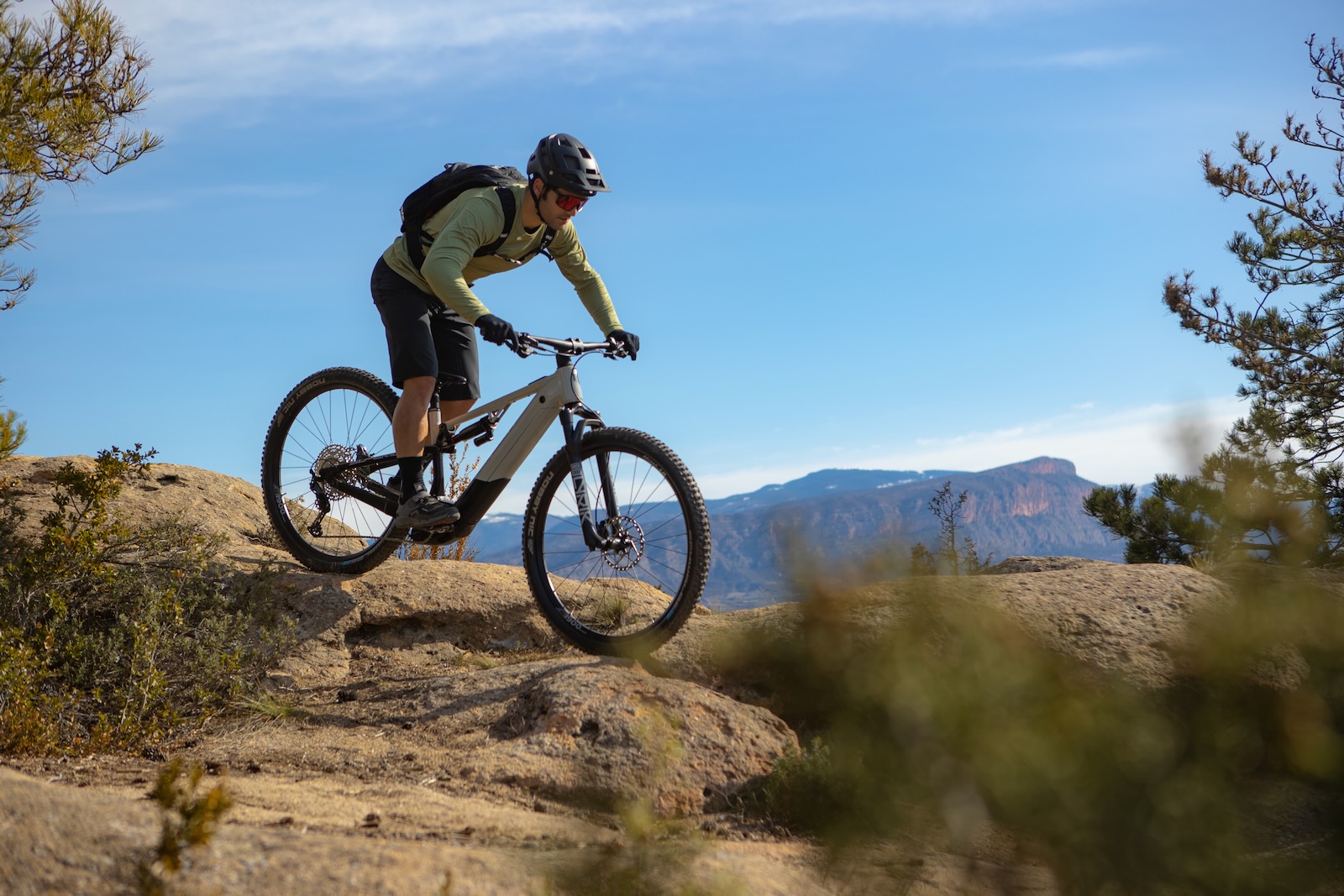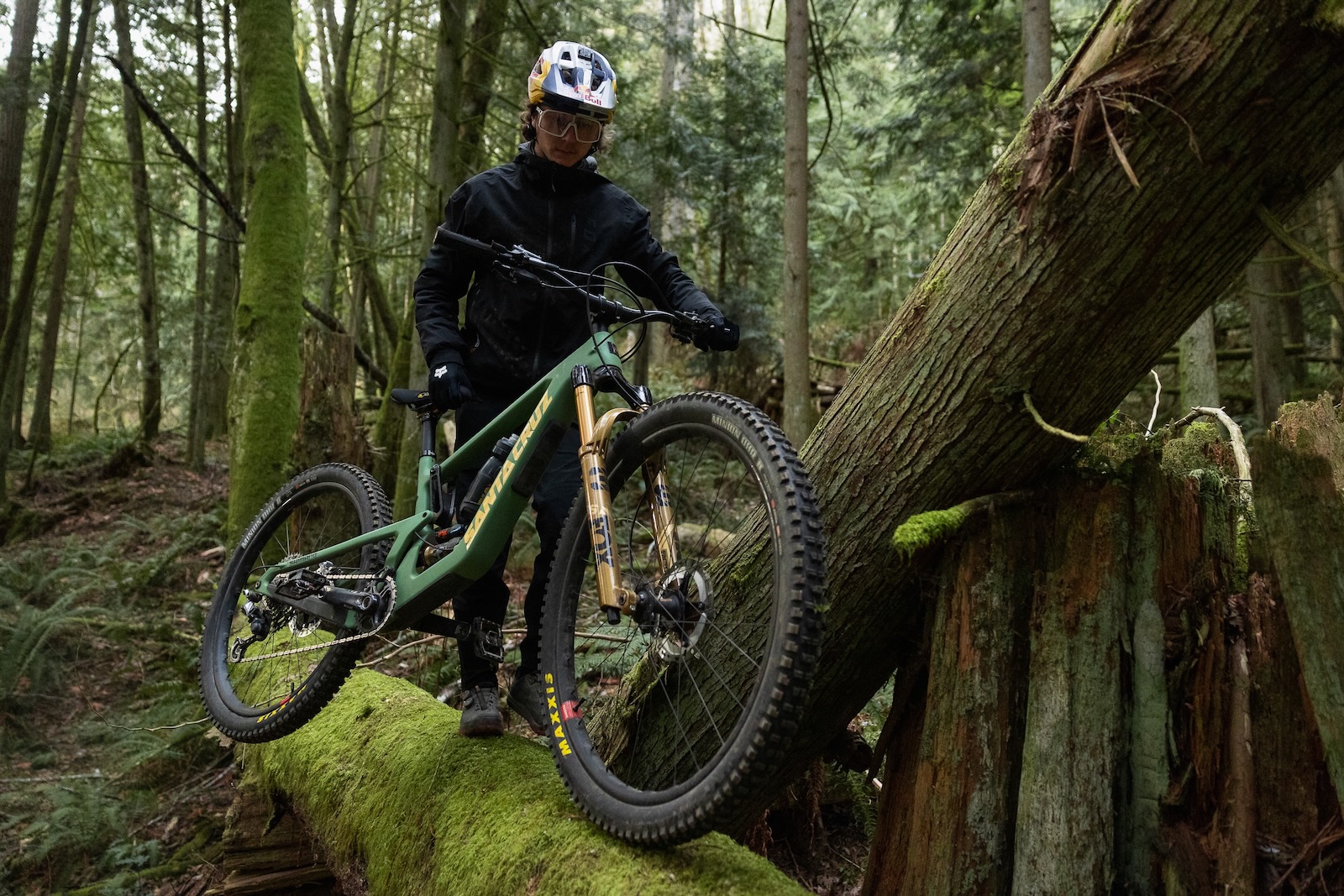Whyte T-130 - Tested
We have tested a number of dual suspension bikes from Whyte in the past couple of years, and the British company has been on the money with each model by making fairly visually understated bikes that perform brilliantly.
We have tested a number of dual suspension bikes from Whyte in the past couple of years, and the British company has been on the money with each model by making fairly visually understated bikes that perform brilliantly. The T-130 is a new model for 2015, it’s a 27.5” wheeled 130mm trail bike platform, and we have the Works SCR model on test, the highest in the range. It’s a different frame to their 2x models, with no room for a front derailleur, but also a different swing arm. More on that later.
With the T-129 also in the Whyte range, riders after a trail bike from Whyte now have the choice of a smaller wheel with a bit more travel, or more wheel with less travel. What remains is the construction, details, geometry and handling that Whyte pride themselves on.
Initial Impressions
Alloy bikes from Whyte have often looked quite industrial. One of the changes on most alloy models from Whyte for 2015 is the integrated seat clamp. Many companies have chosen to use hidden clamps for aesthetics, and it makes for a cleaner line. Whyte can run a very neat rubber seal on the seat tube, one of the many hallmarks of ‘all weather’ ability that they use to distinguish themselves. With cables running internally (including the last length to the rear derailleur), the Whyte runs a clean profile – although you might need to get your shop to get the lengths just right once your cockpit is set up, for the neatest appearance and less chances of snagging cables.
The rear end is pretty special, despite a utilitarian appearance. By creating a single-ring specific frame, Whyte don’t need to drop the height of the drive side chain stay, or make it narrow enough to clear an inner ring. The bonus here is a broader lower pivot that should increase bearing life and make for a stiffer rear end. Whyte seal their bearings so well that they back it up with a lifetime warranty on all bearings. With a standard threaded bottom bracket shell and inserts for the disc brake bolts, you end up with a pretty low maintenance frame. As you would expect with a British bike, the rear end has plenty of mud clearance, and there are even mounts for a down tube mudguard.
Setup was pretty easy, using the suspension guides for the RockShox Pike and Monarch Debonair RT3. I’m not the most aggressive rider, so I ran on the lower range of recommended pressures. Tyre pressure was a little different, and I ran a little higher after a lot of squirm and some rim donks on my first ride out. I’ve become more used to a wider rim profile that supports lower pressure, which isn’t something the Roam 40 wheels have. Their profile did setup tubeless very easily, with FRM sealant. They didn’t burp in the whole time testing.
In the workstand, the rear derailleur did not want to go into the 10 tooth sprocket. Without the cable done up, or the lower limit screw touching anything, it still couldn’t be coaxed in – except by force. But it was ride time, so I hoped it would settle in ‘somehow’.
On The Trail
Whyte have a reputation for having the geometry of their bikes dialed, and riding this bike, as well as a fair bit of time on the M109 C – I have to agree. I felt more comfortable riding my local trails than on just about any other bike I have tested. And, I actually made it further up a technical climb that has beaten me since my mid-teens. I was in reaching distance from the top! Plus I was way more at ease on sustained rocky descents, cleaning a couple of new trails I have found that had seen me baulk on other bikes. And that is what I expect from a trail bike. I want a bike that can climb well enough to do what I can on a hard tail (albeit with some more effort) but that lets me ride more confidently everywhere else. ‘Trail’ is ‘cross country’ after all, the most broad sense of general purpose mountain biking.
In hindsight I should have requested a large size to test, it would have been a little more stable at speed and easier to climb on for my height. I’m often on the fence between sizes. Your Whyte dealer will sort you out for the fit. I could have opted for a 2cm longer stem, but I know this would alter the handling of the bike. The wide handlebars and short stem match well with the Reverb seat post for stability and maneuverability. The ‘bars do have a lot of back sweep, but controls and contact points are personal things. Again, your dealer will ensure you’re setup and comfortable.
The X-1 group set is actually the first 1×11 group set from SRAM that I have ridden on. Thankfully, the rear derailleur sorted itself out and I was able to gain the whole range. The 32t chain ring sometimes felt under geared, and I’d prefer a 34t. But that’s neither here nor there, it would depend where you are riding. The jumps in the ratios are pretty big across the 10-42 cassette, but the simplicity of a single chain ring is well known and very appreciated. I expect SRAM will increase the amount of gears in their 1x setups in the future. Wireless 1×12 or 1xSomething probably isn’t that far away.
With 130mm of travel the T-130 was capable of whatever I was. It was agile, forgiving, playful – and fun. The RockShox Pike fork (at 130mm) is an amazing fork. Plush all the way through the travel, I never felt like it was deflecting, or ramping up too hard, or pushed beyond what it was capable of. Compared to having a longer travel XC fork, the Pike helps make the T-130 such a confident bike. I sometimes lacked conviction that the compression damping in the Monarch rear shock made much difference, but there was less sag in the firmer position. This isn’t a commentary on the suspension action though – that was fantastic. And the suspension design does pedal well on long seated climbs.
Three things you liked
about the bike
– Balanced, well tuned suspension
front and rear
– Very fast take up in the SRAM hubs
– Stiff frame, tracks well at speed
Three things you would
change about the bike
– Fit some wheels with a
slightly wider rim
– Change handlebars to suit your
preference for sweep and rise
– Fit a 34t chain ring.
Perhaps the biggest win here is that the suspension never held me back. It was never too soft to climb. The fork was never deflecting and holding me back – and the ride height in the front made uphill switchbacks easily managed – which isn’t always the case on longer travel bikes. The Monarch and Pike ramped up well further into their travel, and even unexpected hits didn’t create a harsh bottom out.
The Guide RS brakes were awesome, right away. This series of brakes is head and shoulders above brakes from SRAM that I have used in the past, and the lever feel mimics my favourite brake – the XTR Trail. This makes a real difference on a trail bike where you might be out exploring or pushing your limits on your local trails. The suspension, brakes, fork and frame stiffness, cockpit setup with dropper post and hassle free group set all allow for this. But sometimes, the wheels and tyres didn’t. The Ardent/Ardent Race mix is great, but it’s a case of matching tyres to terrain, and I tested this bike a lot in Australian alpine areas – more speed, more loose rock, more… everything. A High Roller II on the front would have been brilliant. And while the Roam 40 wheels rolled so well, stayed true and tight, and the take up in the rear hub is brilliant, I just wanted something with a wider rim bed for the stable feel it gives. I’m probably just being fussy.
We lined up at the Thredbo Flow Motion Cup with this bike and many of the other trail bikes on test, and it was stable, fun and fast. The same goes for riding the Australian Alpine Epic Trail. And my local trails. And some super tight tech trails near Jindabyne. It was all taken in the bike’s stride. It was exactly what a trail bike should be.
Our Take
I think a trail bike should be a very capable bike for cross-country style riding. Not Olympic Cross Country (XCO) racing – but more in the traditional sense of the word. Up, down, over, across. One bike to do a lot of riding, yet not so specific that it is too “XCO” or too “all-mountain”. The Whyte T-130 blends characteristics from the bigger G-150 and the lighter M109 to create a very balanced trail bike that is equipped for all day epic rides, blasts on your local trails, even some enduro racing and of course just general mountain bike shredding.
At a little over $5k it’s not cheap, but it is a refined ride, with very little to do save for add your pedals and set your shock and tyre pressures. It is a little heavy, but it rides light. The weight was never noticed. And although I’d like some wider rims on there, that became less noticeable after more time on the bike. It’s just a reflection on what else is available in the market. If you’re after a trail bike that has a very broad performance envelope, and something that will keep rolling for many years to come, the T-130 is well worth a look.
Essentials
Brand Whyte
Model T-130 Works
RRP $5199
Weight 13kg (as tested)
Distributor Carbuta
Contact allan@carbuta.com.au
Available Sizes S M (tested), L
Frame Material 6061 T6 Aluminium
Fork RockShox Pike, RC, 130mm
Shock RockSHox Monarch Debonair, RT3 130mm
Shifters SRAM X-1 11sp
Derailleur SRAM X-1 11sp
Crank SRAM X-1 11sp, 32t with guard
Bottom bracket SRAM GXP BSA
Chain SRAM PCX1 11sp
Cassette SRAM XG-1180, 11sp, 10-42
Wheels SRAM Roam 40 27.5”
Tyres Maxxis Ardent EXO Front, Ardent Race EXO Rear
Brakes SRAM Guide RS 180/160
Stem Whyte Gravity 70mm
Handlebars Whyte custom alloy, 15mm rise, 750mm wide
Seatpost RockShox Reverb Stealth, 125mm
Saddle Fizik Gobi
Mike Blewitt
RIDER BIO
Riding Experience: Too much time riding bikes in our country and others.
Generally Rides: Bianchi Methanol 29ers
Height: 180cm
Weight: 72kg
Bike Test Track: Northern Sydney, Mt Buller, NSW Snowy Mountains

